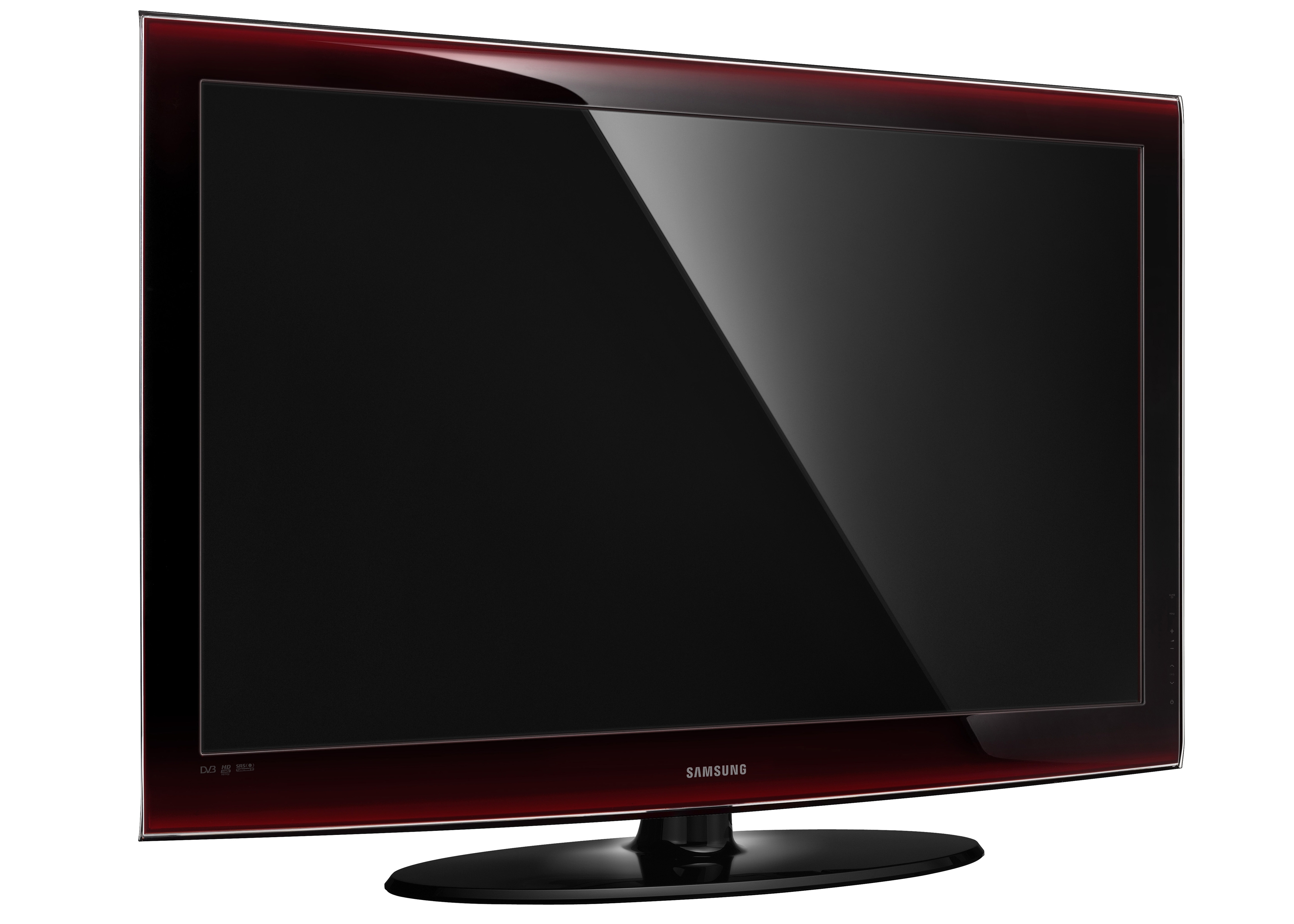The advent of Windows 7 and, latterly, Windows 8 has seen renewed interest in touch screen monitor technology, not least because the new operating systems include a variety of touch screen features. This article highlights what you need to look for in a touch screen monitor.
What is a Touch Screen Monitor Anyway?
A touch screen monitor is simply a pressure-sensitive computer display that allows direct input. Users touch pictures or words on the screen with a finger or a special, pen-shaped device, known as a stylus, to interact with the computer. Touch screen monitors are a fairly recent development, so if you have an older computer running an earlier version of Windows, such as Windows XP or Windows Vista, you’ll need to upgrade your hardware and/or your operating systems. Some early touch screen monitors did come with drivers for Windows XP, but they were largely unsuccessful.
Windows 8 Certification
Strictly speaking, Windows 8-certified touch screen monitors must have a bezel, or rim, that is flush with the display or a gap of 13/16 of an inch (20mm) between the bezel and the display. Touch screen monitors with a raised bezel makes it nigh on impossible to swipe your finger from the edge of the display towards the center.
Windows 8 was released in the autumn of 2012 and at the time of writing, in July 2013, Windows 8.1 Preview, which has better support for smaller tablets, is available for download. As a result, more and more fully certified touch screen monitors are becoming available.
The latest touch screen monitors are capable of recognizing up to five distinct positions, known as touch points, whereas earlier models could recognize just two. Furthermore, Microsoft has been working with its partners to correct the earlier errant behavior of trackpads and allow Windows 8.1 to control multi-touch and gesture support in trackpads.
Types of Touch Screen Technology
Touch screen technology comes in three basic forms, capacitive, resistive and surface wave, of which capacitive is, by far, the most sophisticated. As the name suggests, a capacitive touch screen panel is coated with a material that stores electrical charge. When you touch the screen with your finger, an electrical charge gathers at the point of contact, is measured by circuitry at the corners of the panel and sent to a controller for processing. Capacitive touch screens offer high clarity and, unlike their cheaper, inferior competitors are immune to the effects of external elements, such as dust, moisture or sharp objects.
If you’ve seen the first generation touch screen features of Windows 7, you may be looking for a touch screen monitor to take advantage of the better, purpose built touch screen features of Windows 8 or Windows 8.1.
AUTHOR BIO
Alun Owen holds a Master’s Degree in Computer Science and regularly writes about computer monitor technology for a range of computing websites and blogs.

